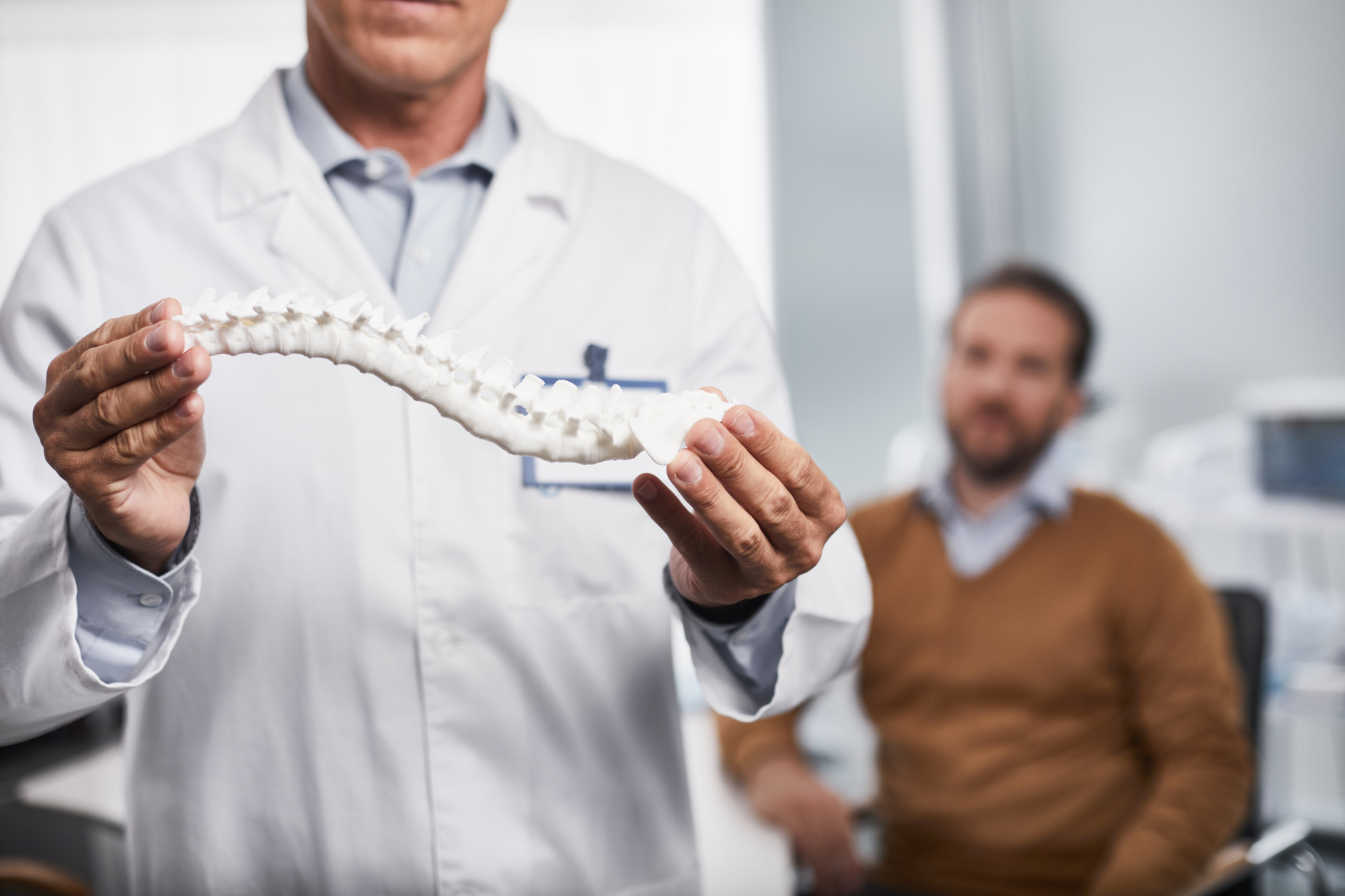Kyphoplasty 101: What You Need to Know
You’ve been dealing with back pain for a while. Maybe it started after an injury or incident, or maybe you woke up with it. You finally go see a doctor. They tell you you’ve been walking around with a broken bone in your spine for all this time.
That scenario isn’t as rare as you might think. In fact, around 750,000 people every year get these types of fractures, called vertebral compression fractures.
If you’re one of them, you might find that kyphoplasty is a treatment option. What does that mean? Here’s what you need to know.
What is Kyphoplasty?
Kyphoplasty is a surgical procedure. Its purpose is to stabilize vertebrae, or bones in your spine, that have compression fractures. Stabilizing the vertebrae ends or reduces the pain you’re feeling from the fractured bone moving around.
On top of stabilizing the fracture, kyphoplasty also restores the height of the collapsed vertebra. A compression fracture causes a vertebra to collapse in on itself. This is often the reason an older person develops a rounded back.
How Does Kyphoplasty Work?
Kyphoplasty is a unique and advanced surgery. While you’re under anesthesia, your surgeon makes a tiny incision and places a hollow needle into the center of your broken vertebra.
First, the surgeon uses the hollow needle to insert a medical balloon into the broken vertebra. They’ll inflate the balloon, which creates a gap in the middle of the bone and restores the vertebra to its original height or near the original height.
Next, the surgeon removes the balloon and fills in the gap with a type of bone cement. The bone cement hardens and stabilizes the bone in place at its restored height.
Kyphoplasty is a minimally invasive surgery that uses such a small incision that you can expect little scarring. It’s often performed as an outpatient procedure. In other words, you’re likely to be able to go home the day of the surgery instead of staying in the hospital.
How is Kyphoplasty Different from Vertebroplasty?
As your doctor discusses the options to treat your compression fracture, you may also hear the term “vertebroplasty.” What’s the difference between vertebroplasty and kyphoplasty?
These surgeries are similar because they both aim to stabilize a compression fracture. The difference lies in that height restoration kyphoplasty offers.
During vertebroplasty, the surgeon skips the step of using a balloon to heighten the vertebra. Instead, they inject the bone cement into the vertebra as it is. You get the stabilizing effect but not the restored height.
As an added bonus, kyphoplasty has a lower risk. A rare but possible complication in vertebroplasty is the bone cement leaking into the space around your spinal cord or elsewhere.
With kyphoplasty, your surgeon uses a thicker, less runny form of the bone cement. This lowers the risk of leakage.
While kyphoplasty has its benefits, vertebroplasty is best under certain circumstances. It’s all a matter of your unique condition and which option will give you the best results with the lowest risk.
When Will I See the Results of My Kyphoplasty?
One of the best benefits of kyphoplasty is that the stabilization takes away most or all of the fracture pain. Many people feel the relief right away, while it takes a day or two for others.
It’s important to recognize that while you can expect less fracture pain, you will have some post-surgical pain as you heal. Still, the recovery time for kyphoplasty tends to be minimal.
Most people are back to work and their other daily activities a few days after kyphoplasty. You will, however, need to avoid heavy lifting for a few weeks.
Each case is unique depending on your healing rate, the number of vertebrae your surgeon treated, and other factors. Your surgeon will give you more specific details about the recovery you can expect.
Is There a Way to Prevent Future Compression Fractures?
As much of a relief as it can be to get pain relief from kyphoplasty, it isn’t the end of the journey. It’s important to find out why your compression fracture happened in the first place.
Sometimes a fall or injury will cause a compression fracture. In many cases, though, it isn’t the only factor. Compression fractures may be a sign of osteoporosis.
Osteoporosis is a chronic condition that weakens your bones. It’s more common in women but it happens to men as well. While it often happens as people get older, it can begin at any age.
In addition to your kyphoplasty, you may need to work with a doctor who specializes in osteoporosis. They can evaluate your condition and develop a treatment plan to strengthen your bones. If you follow their instructions, you’ll lower your risk of future fractures.
Am I a Candidate for Kyphoplasty?
As with any medical procedure, kyphoplasty is designed to treat a specific condition. It’s only an option for people whose back pain is caused by one or more vertebral compression fractures.
Not all compression fractures are compatible with kyphoplasty. The surgery is most common for fractures that change the shape of your back.
Kyphoplasty is also most successful for new compression fractures. Your surgeon will be able to take images of your spine to find out it kyphoplasty, vertebroplasty, or other options are best suited to your condition.
Your Next Steps for Kyphoplasty
The idea of surgery can be intimidating, even when the surgery is outpatient and minimally invasive. Still, kyphoplasty has brought relief to patients who thought they’d spend the rest of their lives in pain.
If you’re dealing with a compression fracture and you’ve been told it was untreatable, or if you have undiagnosed back pain, we may be able to help. Schedule your appointment to get answers about your pain and find out your treatment options.





